Introduction to Red Light Therapy
Red light therapy (RLT) is made of specific visible red and near-infrared low-power light wavelengths (660–850 nm) to produce "photobiomodulation"- conversion of light energy to stimulate biological effects. RLT significantly impacts the body's basic metabolic function and the secretion of certain hormones, which positively affects both the body and mind. It produces beneficial therapeutic effects, including but not limited to relieving pain or inflammation, immunomodulation, and promoting wound healing and tissue regeneration. Red light therapy increases the body's repair potential and wound healing. As a result, RLT is gaining recognition as a valuable tool in clinical settings, particularly for its role in improving wound care outcomes.
In 2024, red light technology has undergone rapid progress, and the small probability of side effects in previous products can now be avoided by optimizing parameters. With the development of phototherapy, the clinical application of red light therapy has gained more attention. Based on the high-quality research papers and literature published in recent years., this article will give brief guidelines for applying red light therapy
Tailored Therapy Duration
The duration of red light therapy depends on the type of condition. For example, shorter sessions are suitable for superficial wounds and skin diseases. Personal factors such as skin type and sensitivity should be considered. In contrast, joint and muscle recovery need longer sessions. Studies suggest 5–20 min red light therapy sessions for safe application. Exceeding the recommended therapy time could increase the risk of side effects.
Frequency
In terms of frequency, RLT can vary depending on the severity of the disease. 2-3 sessions per week are adequate for general wellness. Studies suggest that daily sessions can be useful for acute diseases or targeted treatment upon a doctor's advice. Unnecessary exposure or not allowing the body to rest may result in diminishing effects.
Typical Usage Pattern
Consistency is fundamental to achieving the best results with red light therapy. It is crucial to adhere to an approved treatment schedule to maximize the effects of treatment. The optimal RLT timing for reducing scarring involves a gradual process, and results may not be immediately visible. Substantial improvements might require weeks or months of consistent treatment. In some cases, such as with skin conditions, combining red light therapy with other forms of scar removal-including surgical scar revision or corticosteroid injections-is essential to achieving satisfactory outcomes.
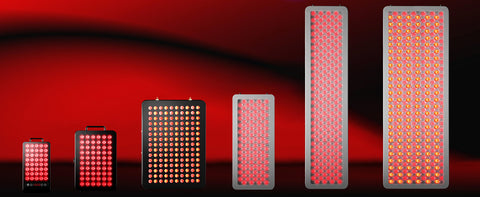
Safety Cautions
While red and near-infrared light therapy is generally considered safe and well tolerated, there are still some precautions and considerations to keep in mind:
- Consultation: It is helpful to seek a healthcare professional's or doctor's advice before starting any treatment. They can verify the type and severity of the disease and provide customized recommendations.
- Eye protection: The main problem with red light therapy involves eye health. Although the wavelengths used are harmless and do not contain UV rays that can cause skin cancer or other skin damage, direct exposure may make your eyes uncomfortable. For this reason, wearing protective eyewear during therapy is generally recommended.
- Skin sensitivity: People with susceptible skin or a history of skin conditions should be warned about using red light therapy. Treatment should be discontinued if adverse reactions occur, and a healthcare professional should be consulted.
- Usage Prohibited Group: Some particular groups of people are unsuitable for the use of the device, such as pregnant women, heart patients with pacemakers, newborns, patients with a history of photosensitivity, and patients whom doctors consider unsuitable for irradiation.
- Equipment safety: Use high-end at-home devices gradually to avoid overuse, and always choose FDA-approved equipment to stay safe.
What are the side effects of Red Light Therapy?
Red light has some mild and rare side effects, usually short-lived. A few cases have noted redness, dry and swollen skin, eye strain and headaches, sleep disturbances, and insomnia. Therefore, to reduce the occurrence of side effects, it is crucial to determine the appropriate red light dose and timing.
Can red light work through clothing or other materials?
No, red light must be absorbed directly by the skin to be effective. Fabrics will absorb the red light instead, rendering the therapy ineffective. Therefore, we recommend exposing the skin to red light as much as possible when using a red light device to reduce the absorption of red light by the fabric.
Is red light therapy useful for everyone?
Yes, red light therapy is broadly beneficial. Red light reduces fine lines, scars, inflammation, and other conditions. It depends on the severity, and the time it takes for each person to see visible results will vary. Results can be seen at any time from 24 hours to 8 weeks.
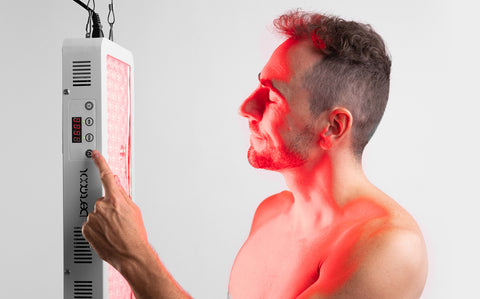
Why are Bestqool devices good for Red Light Therapy?
Most photobiomodulation therapies today are delivered using inorganic LEDs or lasers. However, Bestqool brings some unique red light therapy benefits and advantages, including:
- It does not emit ultraviolet wavelengths and can safely irradiate the skin for a long time.
- Therapy devices and panels are user-friendly, versatile, wearable, and customizable.
- High efficiency reduces power requirements and excessive heat, which is an important feature of wearable red light therapy devices.
- It emits light evenly across the panel's entire surface, eliminating the need for power distribution using components such as diffusers or circuit boards.
- Bestqool devices dissipate heat evenly across the entire panel surface to operate at low temperatures and feel comfortable and safe against the skin.
- It is simple to perform more treatments at home without visiting a medical facility.
Conclusion
Red light therapy has emerged as a promising and non-invasive treatment with the potential to stimulate collagen production, improve circulation, reduce inflammation, and alter pigmentation, making it a versatile device for healthcare management. Whether through an expert session or an at-home red light therapy device, individuals can take advantage of the benefits of red light therapy to improve wellness.
References & Citations
[1] Jagdeo, J., Nguyen, J. K., Ho, D., Wang, E. B., Austin, E., Mamalis, A., Kaur, R., Kraeva, E., Schulman, J. M., Li, C. S., Hwang, S. T., Wun, T., Maverakiss, E., & Isseroff, R. R. (2020). Safety of light emitting diode-red light on human skin: Two randomized controlled trials. Journal of biophotonics, 13(3), e201960014. https://doi.org/10.1002/jbio.201960014
[2] Glass G. E. (2021). Photobiomodulation: The Clinical Applications of Low-Level Light Therapy. Aesthetic surgery journal, 41(6), 723–738. https://doi.org/10.1093/asj/sjab025
[3] Hamblin M. R. (2017). Mechanisms and applications of the anti inflammatory effects of photobiomodulation. AIMSbiophysics, 4(3),337–361. https://doi.org/10.3934/biophy.2017.3.337
[4] Sun, Wenjie et al. "Efficacy and Safety of Light Therapy Home Treatment for Motor and Non Motor Symptoms of Parkinson Disease: A MetaAnalysis." Medical science monitor-international medical journal of experimental and clinical research vol. 28 e935074. 7 Jan. 2022, doi:10.12659/MSM.935074
[5] Santos, J. G. R. P. D., Zaninotto, A. L. C., Zângaaro, R. A., Carneiro, A. M. C., Neville, I. S., de Andrade, A. F., Teixeeira, M. J., & Paiva, W. S. (2018). Effects of transcranial LED'S therapy on the cognitive rehabilitation for the diffuse axonal injury due to severe acute TBI study protocol for a randomized controlled trial. Trials, 19(1), 249. https://doi.org/10.1186/s13063-018-2632-5



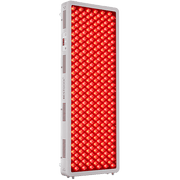








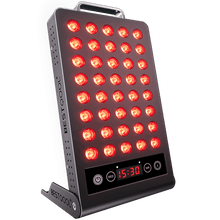
 Small
Small
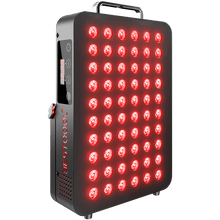
 Moderate
Moderate
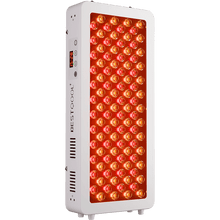
 Moderate
Moderate
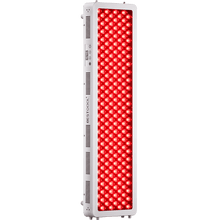
 Moderate
Moderate
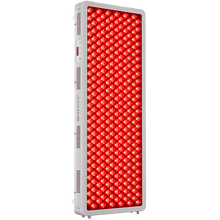
 Full
Full



